On 21 June 2023 the UK Supreme Court heard legal arguments in an important case concerning onshore oil drilling in Surrey, and whether an Environmental Impact Assessment prepared under 2017 regulations should take account of indirect, ‘Scope 3’, emissions resulting from the use of extracted oil.
Horse Hill Developments Ltd sought planning permission from Surrey County Council in 2018 to expand an existing two well oil drilling site and to drill four new wells, which would operate for 25 years. The Environmental Impact Assessment ‘EIA’ carried out for the project considered direct releases of greenhouse gases from the well site boundary resulting from construction, production, decommissioning and restoration. However it did not consider the downstream greenhouse gas emissions which would inevitably result from the extraction of oil to be used as fuel.
The Appellant, Sarah Finch, acting on behalf of the Weald Action Group applied for judicial review of the Council’s decision. Her claim was unsuccessful before the High Court, and (by a 2-1 majority) the Court of Appeal, so she appealed further to the Supreme Court.
She was supported by Friends of the Earth and Greenpeace Ltd as Interveners. The Council was supported by West Cumbria Mining Ltd. Unusually, the Office for Environmental Protection ‘OEP’ also joined as Interveners in the case. OEP General Counsel, Peter Ashford, said: -
“Environmental impact assessment is so important for integrating the environment into planning decision-making. We are interested in this case because of the opportunity to clarify the law here to ensure proper decision-making that enhances environmental protection. We hope that the Supreme Court will take this opportunity, and will develop principles for determining the proper approach to the assessment of indirect effects under the EIA legislation.”
The case may turn on the legal meaning of the requirement that environmental impact assessment should consider “direct and indirect” impacts.
Outside of the strictly legal construction of the implementing regulations for the EIA Directive, one might be forgiven for asking “What’s the problem about considering Scope 3 emissions as indirect impacts?” The science allowing such impacts to be accurately assessed has moved on very considerably. These indirect impacts are not very remote or hard to foresee. We know, because there is overwhelming scientific evidence from the IPCCC and many others to tell us so, that all continued emissions contribute to further global warming and climate change, which is why the IEA and others call for no further fossil fuel developments. But it can sometimes take time for the law to catch up with the science. When the EU REACH chemicals Regulation first introduced “producer responsibility” for the substances that manufacturers placed on the market, some of them found that preposterous: now they consider it normal. If a tobacco company manufactures cigarettes, it is not unexpected that people may smoke them and experience health effects. If a company drills for oil it does not seem unreasonable to suggest that we can expect it to result in emissions when used.
In May 2023, monthly average CO2 levels measured at the Mauna Loa Observatory were 424.00p.p.m., once again the highest for millions of years and the fastest rate of increase on record https://www.noaa.gov/news-release/broken-record-atmospheric-carbon-dioxide-levels-jump-again

